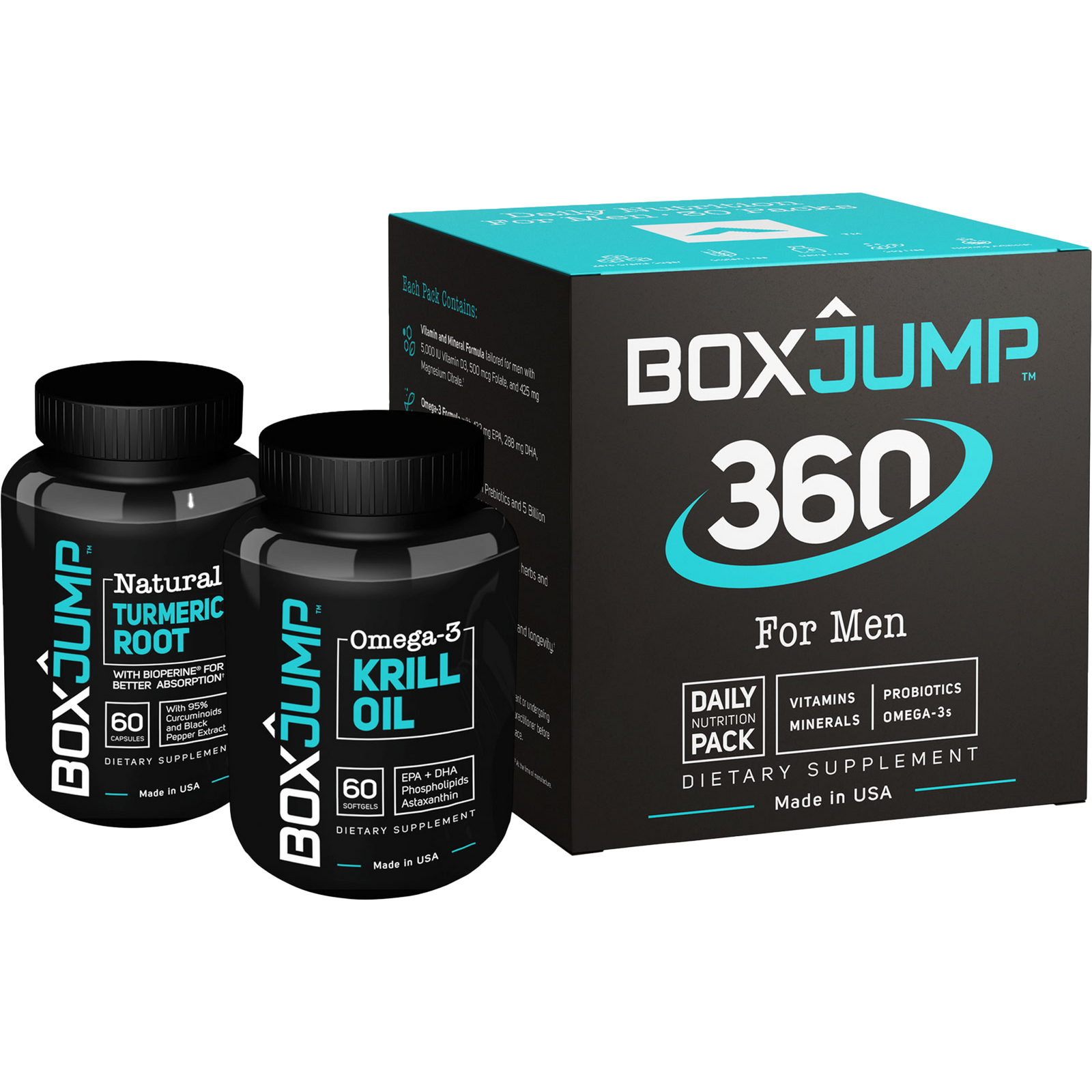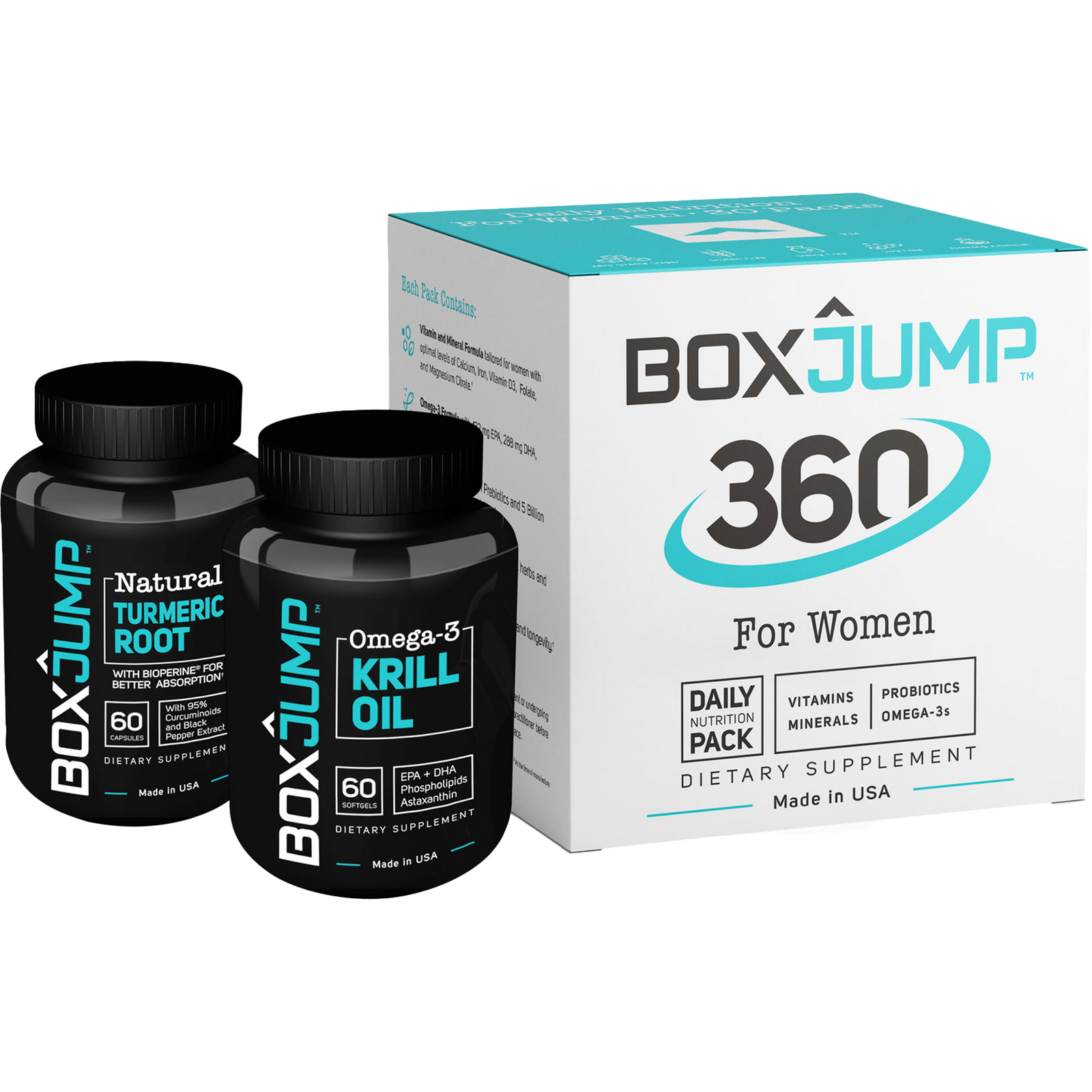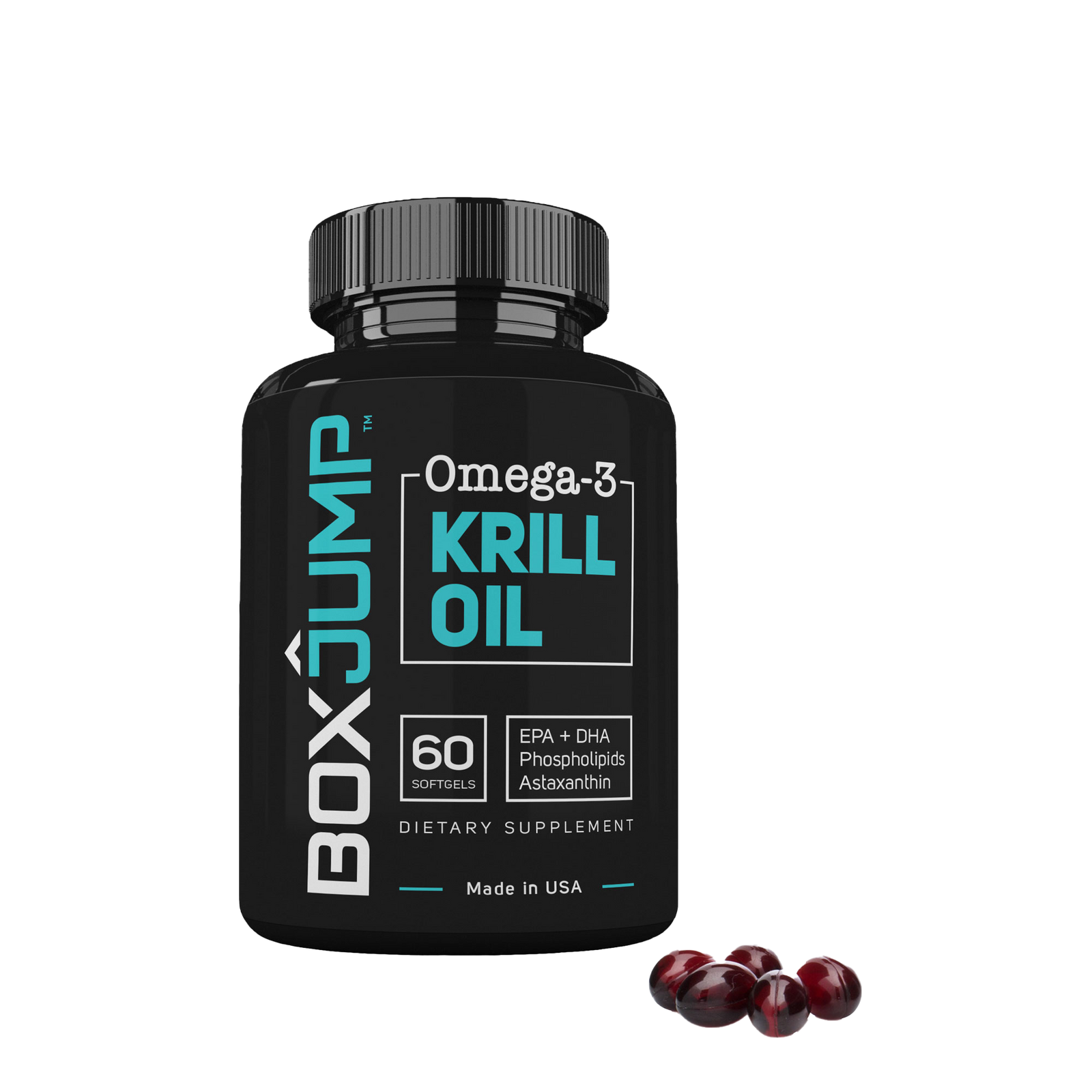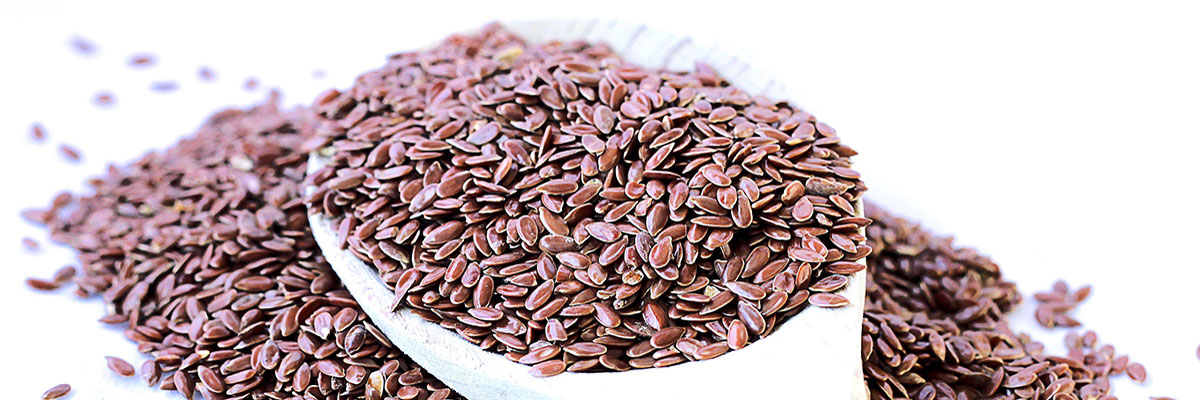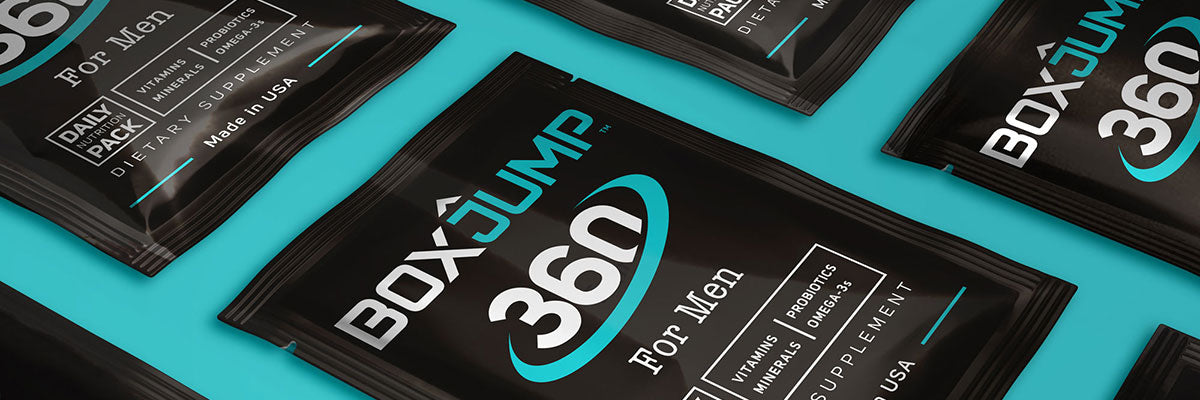Omega-3 is often touted as one of the most beneficial nutrition supplements you can take. We’ve written before about Omega-3 previously, but the topic certainly deserves both a recap and further exploration.
What is an Omega-3s?
They are a category of essential fatty acids. Fatty acids are molecules that combine with glycerol molecules to create fat. Certain fatty acids are necessary for critical bodily functions and cannot be synthesized by our bodies, which is why they are called essential. Omega-3 essential fatty acids derive their name from the three double bonds in their chemical makeup. Since our body cannot create Omega-3s on its own, we need to acquire Omega-3s either from our diet or supplementation, and it is difficult to acquire optimal amounts of Omega-3s from diet alone unless you are very diligent about it.
There are three types of Omega-3s to discuss:
ALA, DHA, and EPA. ALA comes from flax oil and other plant sources. While ALA is very beneficial from a health perspective, DHA and EPA are much more effective and beneficial. That’s because your body converts ALA into EPA and DHA, but it does so inefficiently. Some studies say the efficiency ranges between 8-20%, some say as low as 2-3%. DHA and EPA come from marine animals. The most common source is fish oil, but krill oil is another rich source. Krill Oil is more bioavailable than fish oil, which is why it has become so popular and typically costs more than fish oil. Furthermore, krill oil doesn’t have the fishy aftertaste or burps associated with some fish oil supplements.
Omega-3 quality:
The thing to look for with an Omega-3 supplement, fish or krill-derived, is the DHA/EPA potency. A quality Omega-3 supplement is at least 40% DHA and EPA. So, for example, if you take a 1,000 mg fish oil supplement, look for something that has at least 400mg combined of DHA and EPA. The DHA and EPA content in krill oil tends to be lower, but keep in keep in mind the enhanced bioavailability of krill oil. It depends on the particular fish oil, but krill oil can be up to 40% more bioavailable than fish oil.
Benefits of Omega-3:
DHA and EPA offer powerful antioxidant and anti-inflammatory benefits. Oxidation and inflammation are two of the worst things for your body. They are the precursors of pain and disease. Omega-3 isn’t the cure for chronic disease or a fountain of youth, but long term Omega-3 consumption can lead to a healthier and higher quality of life. Other benefits to Omega-3 supplementation include improved insulin uptake and muscle protein synthesis, which could equate to less body fat and more muscle. DHA is very important to brain health as well. Your brain is 58% DHA by weight!
For many years Omega-3 consumption has also been linked to lower risk of heart attack and stroke, two of the biggest causes of death in the western world. Further research needs to be done to determine the exact linkage and what quantities are truly necessary to elicit them, but Omega-3 supplementation does seem to benefit lower triglyceride levels and improve blood circulation, which could help fight atherosclerotic plaque build (aka clogged arteries).
Omega-3 vs Omega-6
Omega-6 fatty acids are also essential fatty acids required for a variety of bodily functions. They are a crucial part of a healthy diet. The problem is that the modern diet contains an excess of Omega-6 and a scarcity of Omega-3.
A big reason for the Omega-3 to Omega-6 imbalance is the consumption of processed vegetable oils. They seem to be in everything. For those of us old enough to remember, polyunsaturated fats/vegetable oils were touted in the 1980s and 90s as a way to avoid saturated fat and reduce cholesterol. Oils like canola oil were inaccurately promoted as “heart-healthy”.
We should strive to maintain at least a 4:1 balance of Omega-6 to Omega-3 in our diets. Some argue that a 1:1 ratio is optimal. Unfortunately, the typical ratio in the modern diet is 25:1! We’re consuming way too much Omega-6 and not enough Omega-3. The consequence of this imbalance is excessive inflammation, a primary cause of pain and disease.
There are two things you can do to improve your Omega-3 to Omega-6 balance:
- Decrease your consumption of Omega-6 foods, namely vegetable oils like canola oil, corn oil, soybean oil, etc.
- Increase your Omega-3 consumption through both diet and supplementation.
BoxJump offers two great Omega-3 supplements that can be taken in tandem for even greater benefit: BoxJump 360 and Omega-3 Krill Oil.



